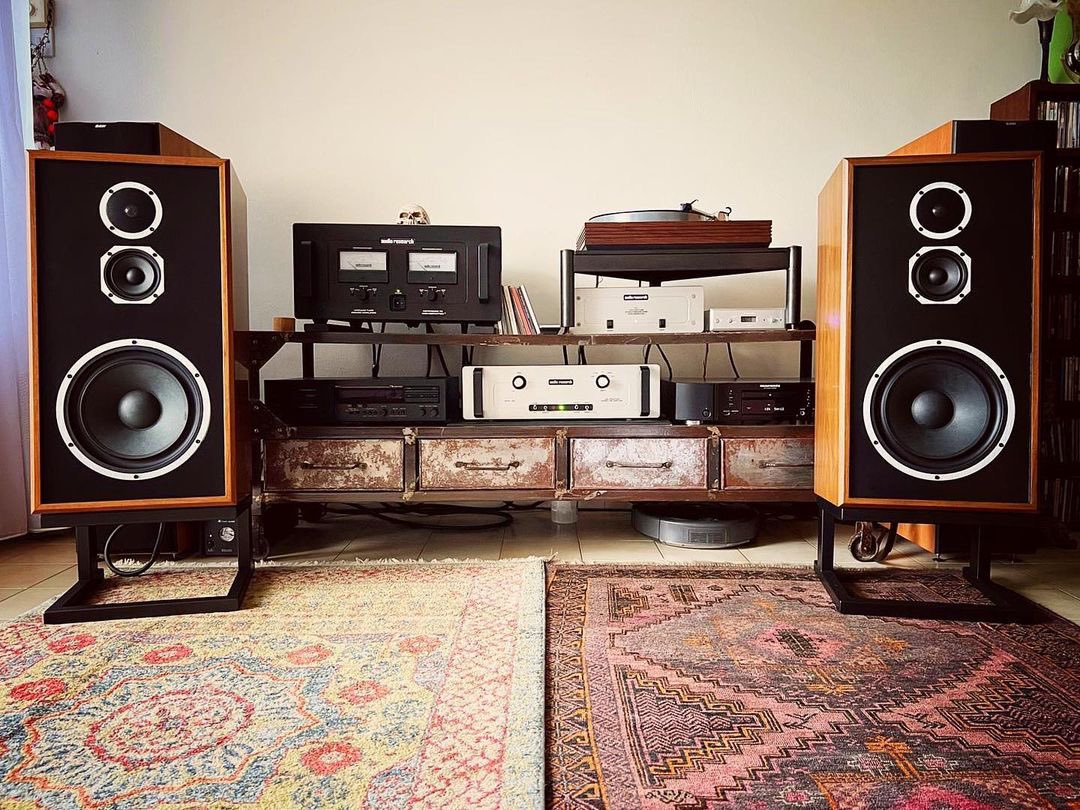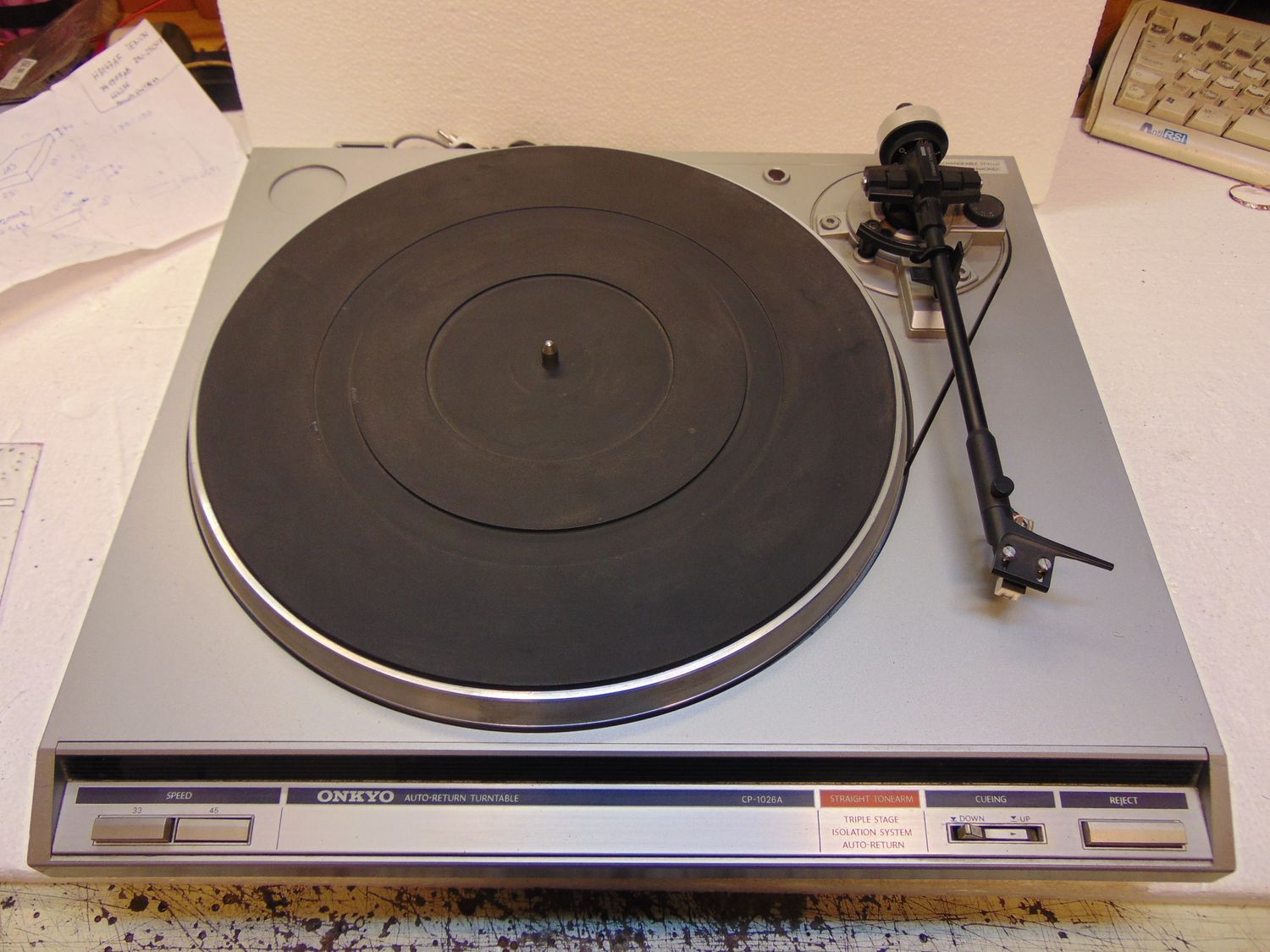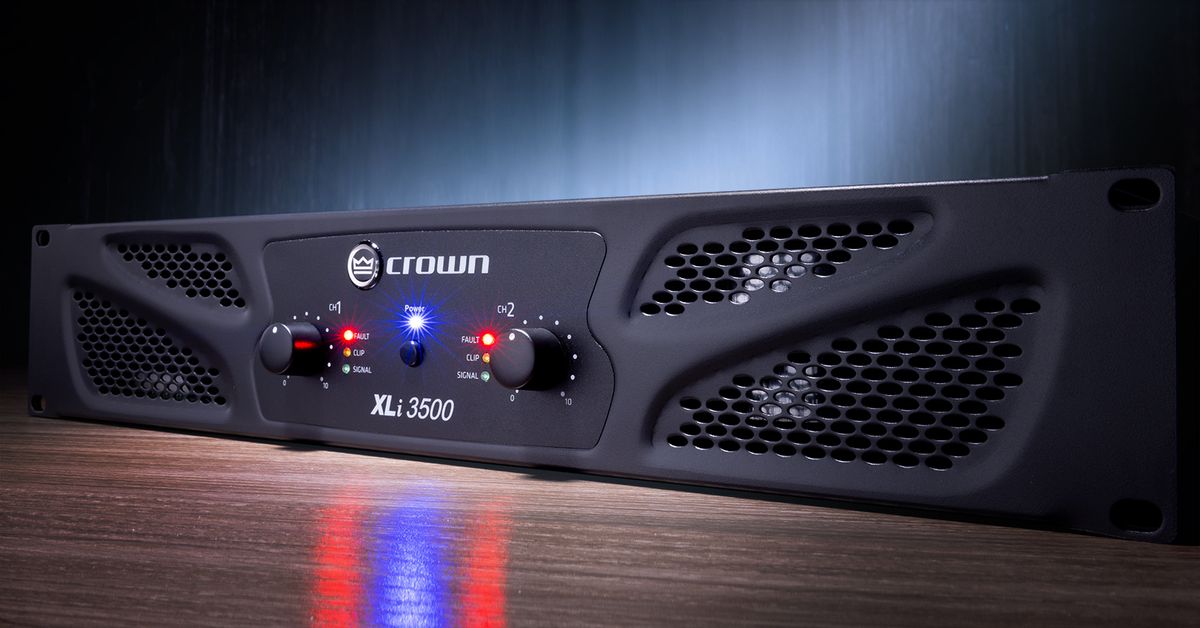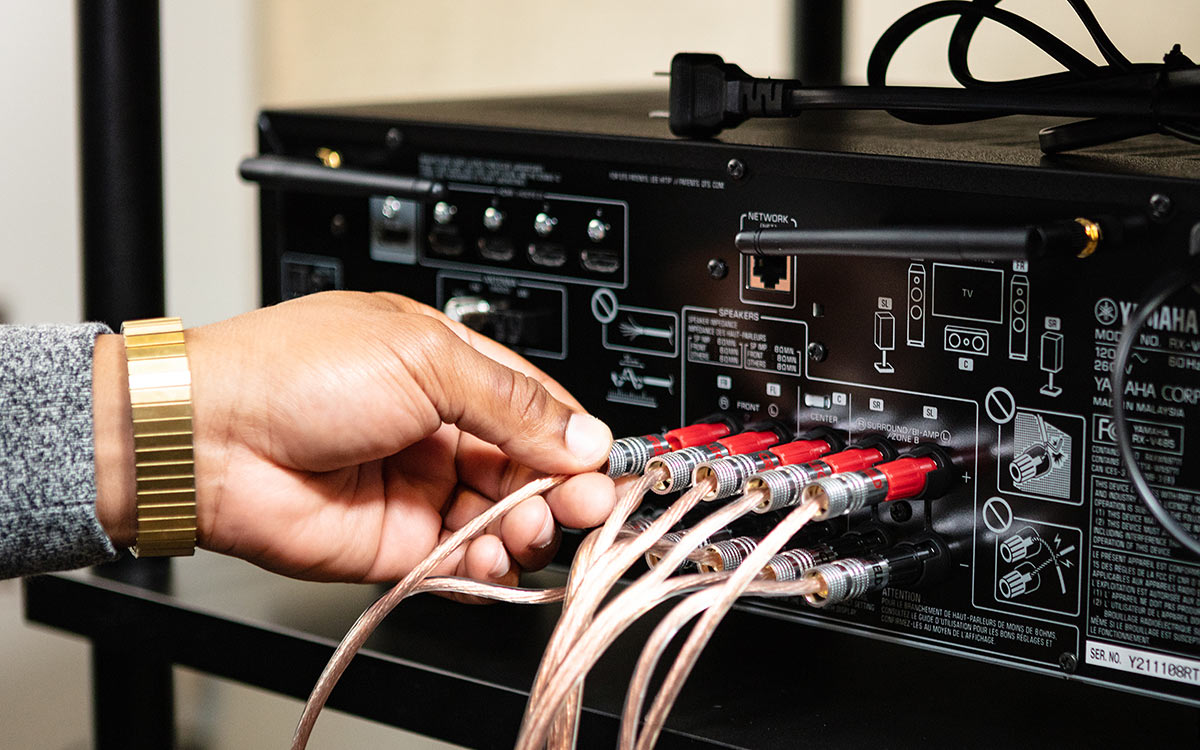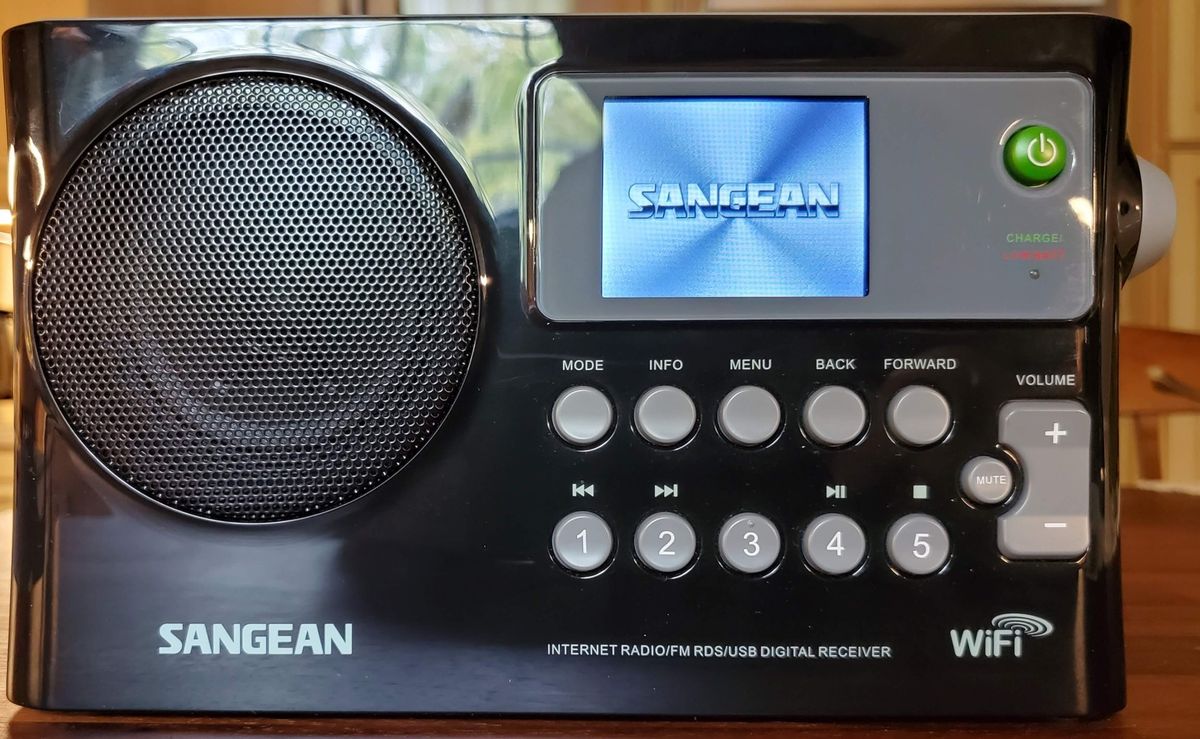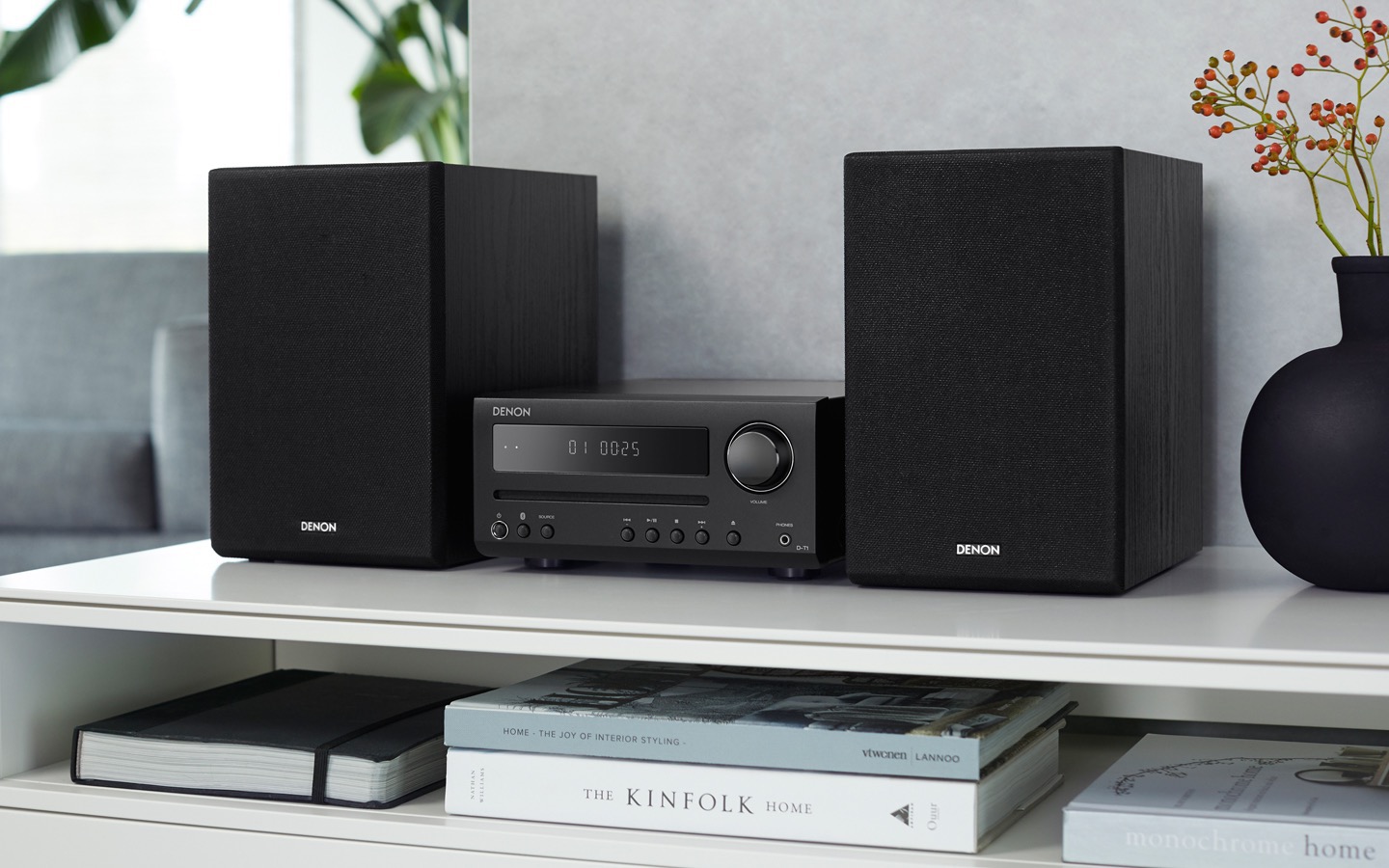Home>Production & Technology>Stereo>How To Connect USB Flash Drive To Home Stereo
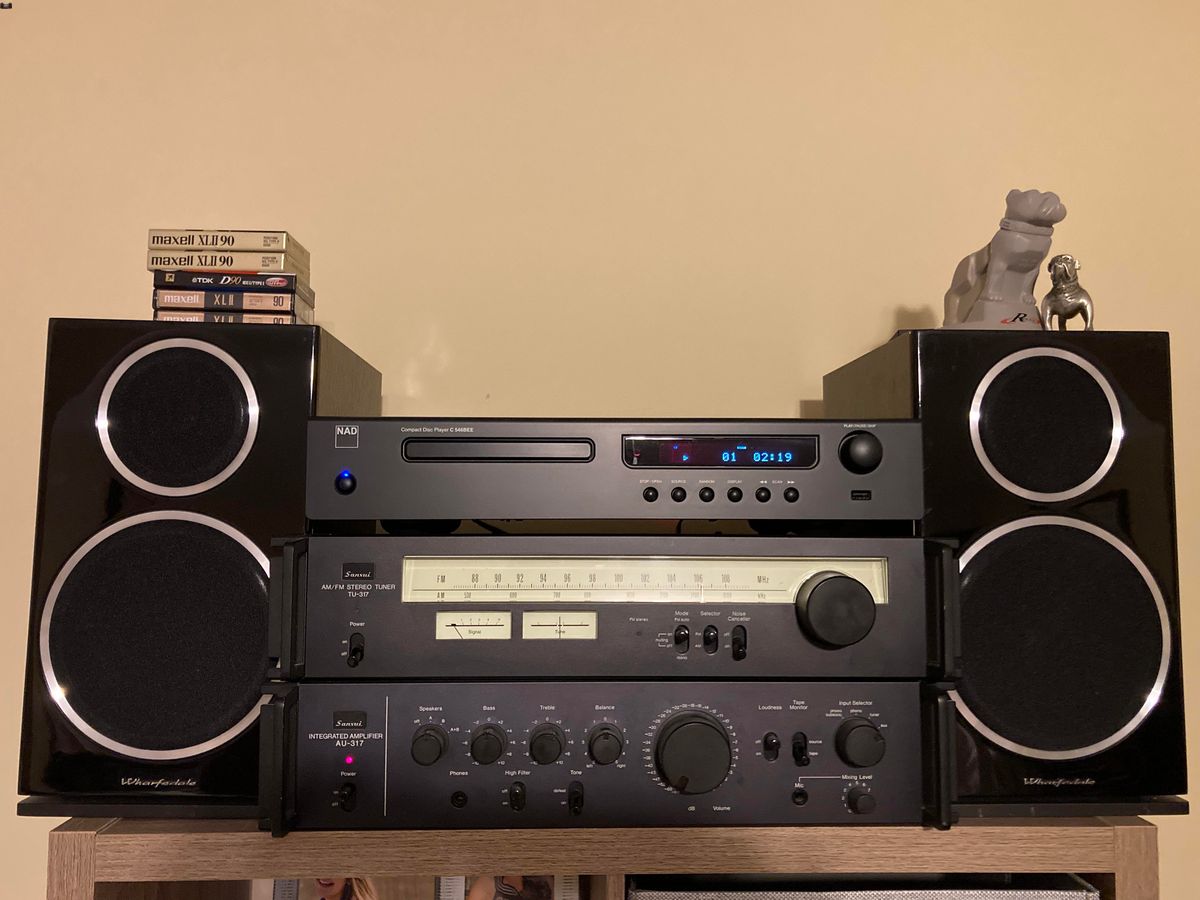

Stereo
How To Connect USB Flash Drive To Home Stereo
Modified: January 22, 2024
Learn how to connect a USB flash drive to your home stereo system and enjoy your favorite music in high-quality sound. Transform your stereo into a versatile media player and discover new ways to enhance your listening experience.
(Many of the links in this article redirect to a specific reviewed product. Your purchase of these products through affiliate links helps to generate commission for AudioLover.com, at no extra cost. Learn more)
Table of Contents
Introduction
Welcome to the world of stereo systems! Whether you’re a music enthusiast or just love to groove to your favorite tunes, having a quality home stereo can greatly enhance your audio experience. And with the advancement of technology, connecting various devices to your stereo system has become easier than ever before. One such device is the humble USB flash drive, which allows you to conveniently store and transfer digital files.
In this article, we will explore how to connect a USB flash drive to your home stereo system. We’ll walk you through the process step-by-step, ensuring that you can enjoy your music collection with the crisp and immersive sound your stereo provides. Whether you want to play your favorite songs, listen to podcasts or audiobooks, or even explore new genres, connecting a USB flash drive opens up a world of possibilities.
Before we dive into the details, it’s important to note that not all home stereo systems have the capability to connect directly to a USB flash drive. Some older models may not support this feature, while newer models are equipped with USB ports specifically designed for this purpose. So, let’s start by understanding the USB flash drive and checking compatibility with your home stereo system.
Understanding the USB Flash Drive
A USB flash drive, also known as a thumb drive or a USB stick, is a small portable device used for storing and transferring digital files. It utilizes flash memory technology, which means it has no moving mechanical parts, making it reliable and durable. USB flash drives come in various storage capacities, ranging from a few gigabytes to several terabytes, allowing you to store a vast amount of data.
These handy devices have become increasingly popular due to their small form factor, ease of use, and compatibility with a wide range of devices. They typically have a USB connector on one end, which you can plug into a USB port on your computer, laptop, or other compatible devices. USB flash drives support various file systems, such as FAT32, NTFS, and exFAT, allowing you to transfer files between different operating systems.
When it comes to connecting a USB flash drive to your home stereo system, it’s important to ensure that your stereo has a USB port or an auxiliary input that supports USB connections. This will allow you to directly connect the USB flash drive to the stereo system, eliminating the need for additional devices or complicated setups.
Additionally, make sure that the audio formats supported by your stereo system are compatible with the files stored on the USB flash drive. Most stereo systems support common audio formats like MP3, WAV, and AAC. However, it’s always a good idea to check the specifications of your stereo system to confirm its compatibility.
Now that you have a basic understanding of the USB flash drive and its compatibility, let’s move on to the next step and check if your home stereo system can connect to a USB flash drive.
Checking Compatibility with Home Stereo
Before connecting your USB flash drive to your home stereo, it’s important to ensure that your stereo system is compatible with USB connections. Here’s how you can check:
- Check the manual: Refer to the user manual or documentation that came with your home stereo system. Look for information about USB connectivity or compatible file formats to see if it supports playback from a USB flash drive.
- Inspect the stereo system: Examine the front and back of your stereo system for any visible USB ports or auxiliary inputs. USB ports are typically rectangular in shape and may be labeled as “USB” or have a recognizable USB logo. If you find a USB port, it’s a good indication that your stereo system is compatible with USB flash drives.
- Research online: If you cannot find any information in the manual or visually identify a USB port on your stereo system, try searching online. Look for the model number of your stereo system and check the manufacturer’s website or online forums for compatibility information. Other users may have already discussed or confirmed USB compatibility for your specific model.
- Contact customer support: If you’re still unsure about the compatibility of your home stereo system with USB flash drives, reach out to the customer support of the manufacturer. They should be able to provide you with accurate information regarding USB compatibility or suggest alternative methods for connecting external devices.
It’s worth noting that even if your home stereo system doesn’t have a USB port, there may still be options available to connect your USB flash drive. You can explore alternatives like connecting your USB flash drive to a separate media player device that is compatible with your stereo system. This media player can act as an intermediary, allowing you to access and play the files stored on your USB flash drive through your stereo system.
Once you have confirmed the compatibility of your stereo system with USB connections, you’re ready to proceed with connecting your USB flash drive. In the next section, we will guide you through the step-by-step process of connecting the USB flash drive to your home stereo system.
Connecting USB Flash Drive to Home Stereo
Now that you have confirmed the compatibility of your home stereo system with USB connections, let’s proceed with connecting your USB flash drive. Follow these steps to connect your USB flash drive to your home stereo:
- Locate the USB port: Identify the USB port on your home stereo system. It is typically located on the front panel or the back of the stereo. The USB port may be labeled as “USB” or may have the recognizable USB logo.
- Prepare the USB flash drive: Insert the USB flash drive into an available USB port on your computer or laptop. Make sure that the USB flash drive is formatted in a compatible file system (such as FAT32) and that it contains the audio files you want to play on your home stereo.
- Connect the USB flash drive: Once your USB flash drive is ready, connect it to the USB port on your home stereo. Gently insert the USB connector into the port until it fits securely. Avoid applying excessive force, as this may damage the USB port or the USB flash drive.
- Select the USB input: On your home stereo, locate the input selector or source buttons. Use these buttons to select the USB input as the source for your audio playback. The naming or labeling of these buttons may vary depending on your stereo model, but they are usually indicated with icons like “USB” or “Aux” (auxiliary).
- Playback controls: Once you have selected the USB input, you can use the playback controls on your home stereo system to navigate and control the audio files on your USB flash drive. These controls may include play, pause, skip, and volume adjustment buttons.
That’s it! You have successfully connected your USB flash drive to your home stereo system. Now you can enjoy your favorite music, podcasts, or any other audio files directly through your stereo.
It’s important to note that the specific steps may vary depending on your home stereo system’s model and manufacturer. If you encounter any difficulties during the connection process, refer to the user manual or contact the customer support of your stereo system for further guidance.
Next, we will explore how to play music from the USB flash drive on your home stereo and take a look at some troubleshooting tips for common issues that may arise.
Playing Music from USB Flash Drive on Home Stereo
With your USB flash drive successfully connected to your home stereo system, it’s time to start playing music from it. Here’s how you can play music from your USB flash drive on your home stereo:
- Select the USB input: Ensure that the USB input is selected as the source on your home stereo system. Refer to the previous section for instructions on how to do this.
- Browse and select your music: Depending on your home stereo system, you may be able to navigate through the folders and files on your USB flash drive using the controls provided. Use the playback controls on your stereo to browse through the folders and select the desired music files.
- Playback controls: Once you have selected a music file, use the playback controls on your home stereo to start playing the music. You should have options to play, pause, skip tracks, and adjust the volume.
- Additional features: Depending on the capabilities of your home stereo system, you may have access to additional features such as creating playlists, shuffling songs, or adjusting the equalizer settings. Explore the menu options or refer to the user manual to learn more about these features.
Playing music from a USB flash drive on your home stereo provides convenience and allows you to enjoy your favorite songs with high audio quality. You can create customized playlists, organize your music library, and have easy access to a wide range of files stored on the USB flash drive.
Experiment with different music genres, artists, albums, and playlists to make the most of your home stereo experience. Whether you’re hosting a party, relaxing at home, or simply enjoying some alone time, playing music from your USB flash drive on your home stereo can elevate your audio enjoyment to new heights.
If you encounter any difficulties during the playback process or have trouble navigating through your music library on the USB flash drive, refer to the troubleshooting section in the next part of this article.
Troubleshooting Common Issues
While connecting and playing music from a USB flash drive on your home stereo system is generally straightforward, you may encounter a few common issues along the way. Here are some troubleshooting tips to help you address these issues:
1. USB not recognized: If your home stereo system is unable to recognize the USB flash drive, try the following:
- Ensure that the USB flash drive is properly inserted into the USB port.
- Check if the USB flash drive is formatted in a compatible file system (such as FAT32) that your stereo system supports.
- Try connecting the USB flash drive to a different USB port on your stereo system, if available.
- If all else fails, try using a different USB flash drive to see if the issue is with the drive itself.
2. Incompatible audio formats: If your home stereo system is unable to play certain audio files from the USB flash drive, it is likely that the audio format is not supported. Consider converting the audio files to a compatible format (e.g., converting FLAC files to MP3) using a file converter tool on your computer.
3. Poor audio quality: If you’re experiencing poor audio quality while playing music from the USB flash drive, check the following:
- Ensure that the audio cables connecting your home stereo system are securely plugged in.
- Adjust the equalizer settings on your stereo system to enhance the sound quality.
- Try using a different USB flash drive to rule out any issues with the drive itself.
- Consider using higher-quality audio files (e.g., lossless formats like WAV or FLAC) for better audio reproduction.
4. Difficulty navigating through files: If you’re having trouble navigating through folders and files on your USB flash drive, try the following:
- Ensure that the folders and files on your USB flash drive are properly organized to allow for easy navigation.
- Check if your home stereo system has a dedicated menu or navigation buttons specifically for USB playback. Refer to the user manual for instructions.
- Consider creating playlists on your USB flash drive to group related songs together for easier access.
If you have exhausted these troubleshooting steps and still encounter issues, it is recommended to consult the user manual of your home stereo system or reach out to the manufacturer’s customer support for further assistance. They will be able to provide you with specific instructions and guidance based on your stereo model.
With these troubleshooting tips in mind, you can overcome common issues and enjoy uninterrupted music playback from your USB flash drive on your home stereo system.
Conclusion
Connecting a USB flash drive to your home stereo system opens up a world of possibilities for enjoying your favorite music and audio files with outstanding sound quality. By following the steps outlined in this article, you can easily connect your USB flash drive to your home stereo and begin immersing yourself in your music collection.
Understanding the USB flash drive and checking compatibility with your home stereo is essential to ensure a successful connection. Confirm that your stereo system has a USB port or an auxiliary input that supports USB connections, and make sure the audio formats on your USB flash drive are compatible with your stereo.
Once connected, you can navigate through your music library, select songs, and control playback using the interface provided by your home stereo system. Take advantage of additional features like creating playlists or adjusting equalizer settings to tailor your audio experience to your preferences.
If you encounter any issues, refer to the troubleshooting tips provided in this article to address common problems, such as unrecognized USB drives or incompatible audio formats. Remember to consult the user manual or contact customer support for your home stereo system if further assistance is needed.
Now it’s time to enjoy the convenience and versatility that connecting a USB flash drive to your home stereo offers. Whether you’re hosting a party, relaxing at home, or simply indulging in your favorite music, the seamless integration of a USB flash drive with your home stereo system enhances your audio experience and brings your music to life.
So, gather your favorite tunes, plug in your USB flash drive, and let your home stereo system envelop you in a symphony of sound. Happy listening!


